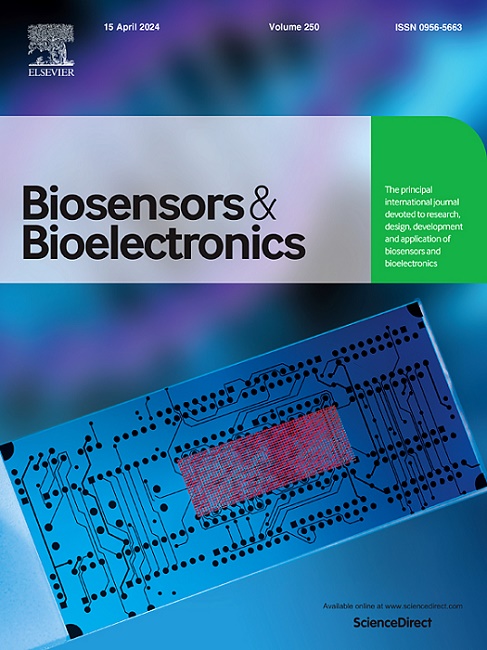Aggregation-induced emission-based fluorescent probes for cellular microenvironment detection
IF 10.7
1区 生物学
Q1 BIOPHYSICS
引用次数: 0
Abstract
The cellular microenvironment exerts a pivotal regulatory influence on cell survival, function, and behavior. Dynamic analysis and detection of the cellular microenvironment can promptly elucidate changes in cellular microenvironmental information, uncover the pathogenesis of diseases associated with aberrant microenvironments, and aid in predicting disease risk and monitoring disease progression. Aggregation-induced emission (AIE) fluorescent molecules possess unique AIE characteristics and offer significant advantages in imaging and sensing cellular microenvironments. In this review, we present a profile of the remarkable progress achieved in utilizing AIE fluorescent molecules for detecting cellular microenvironments in recent years. We particularly focus on AIE fluorescent probes applied in imaging key parameters of the cellular microenvironment, including pH, viscosity, polarity, and temperature, as well as in analyzing critical biological components of the microenvironment, such as gas signal molecules, metal ions, redox state, and proteins. We underscore the design principles, detection mechanisms, sensing performance, and biological applications of these fluorescent probes. Furthermore, we address the current challenges confronting this field and provide prospects for the future development of AIE probes used for microenvironment detection. We trust that this review will inspire researchers to develop more precise and sensitive AIE fluorescent probes for the detection of cellular microenvironments.

求助全文
约1分钟内获得全文
求助全文
来源期刊

Biosensors and Bioelectronics
工程技术-电化学
CiteScore
20.80
自引率
7.10%
发文量
1006
审稿时长
29 days
期刊介绍:
Biosensors & Bioelectronics, along with its open access companion journal Biosensors & Bioelectronics: X, is the leading international publication in the field of biosensors and bioelectronics. It covers research, design, development, and application of biosensors, which are analytical devices incorporating biological materials with physicochemical transducers. These devices, including sensors, DNA chips, electronic noses, and lab-on-a-chip, produce digital signals proportional to specific analytes. Examples include immunosensors and enzyme-based biosensors, applied in various fields such as medicine, environmental monitoring, and food industry. The journal also focuses on molecular and supramolecular structures for enhancing device performance.
 求助内容:
求助内容: 应助结果提醒方式:
应助结果提醒方式:


